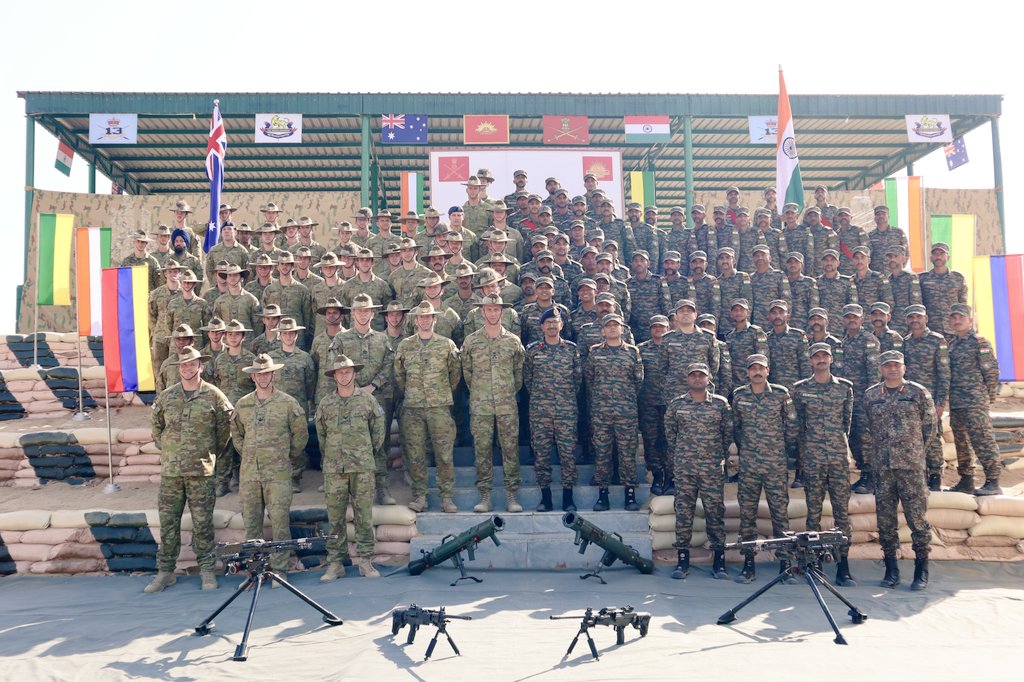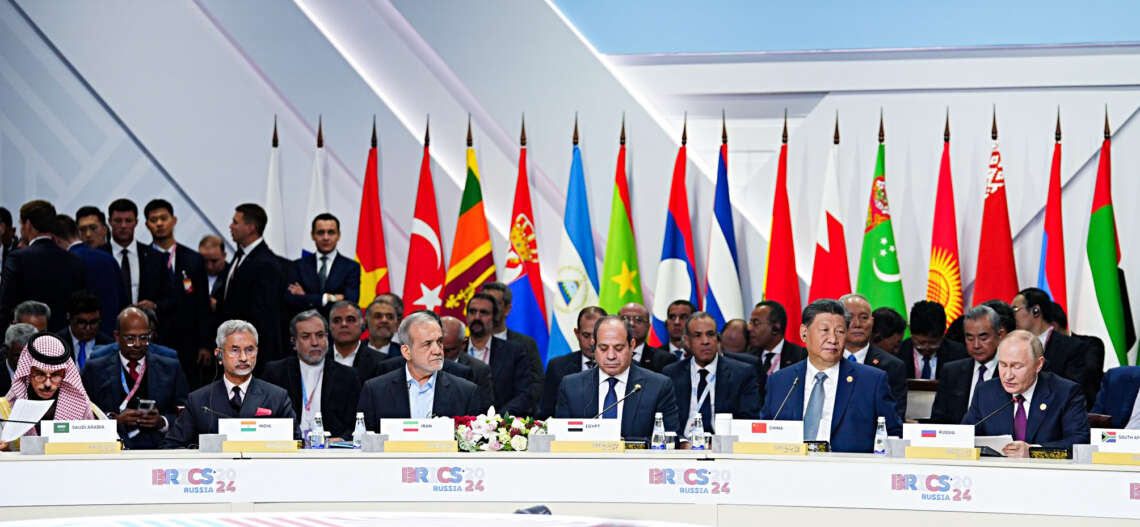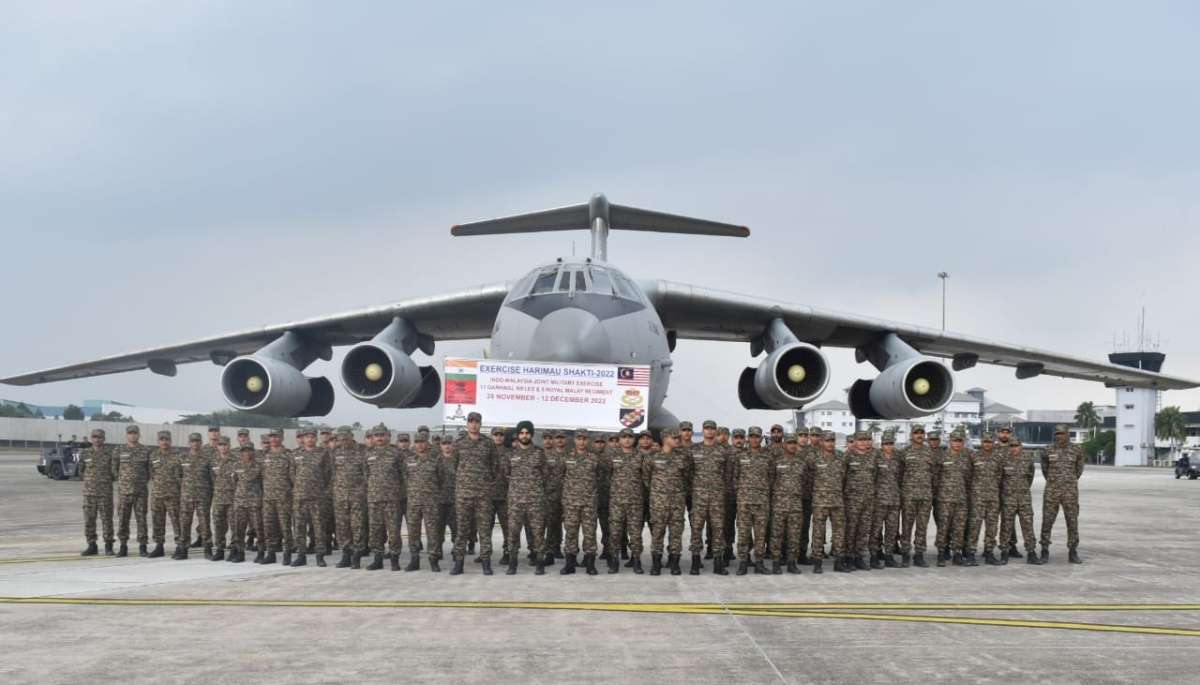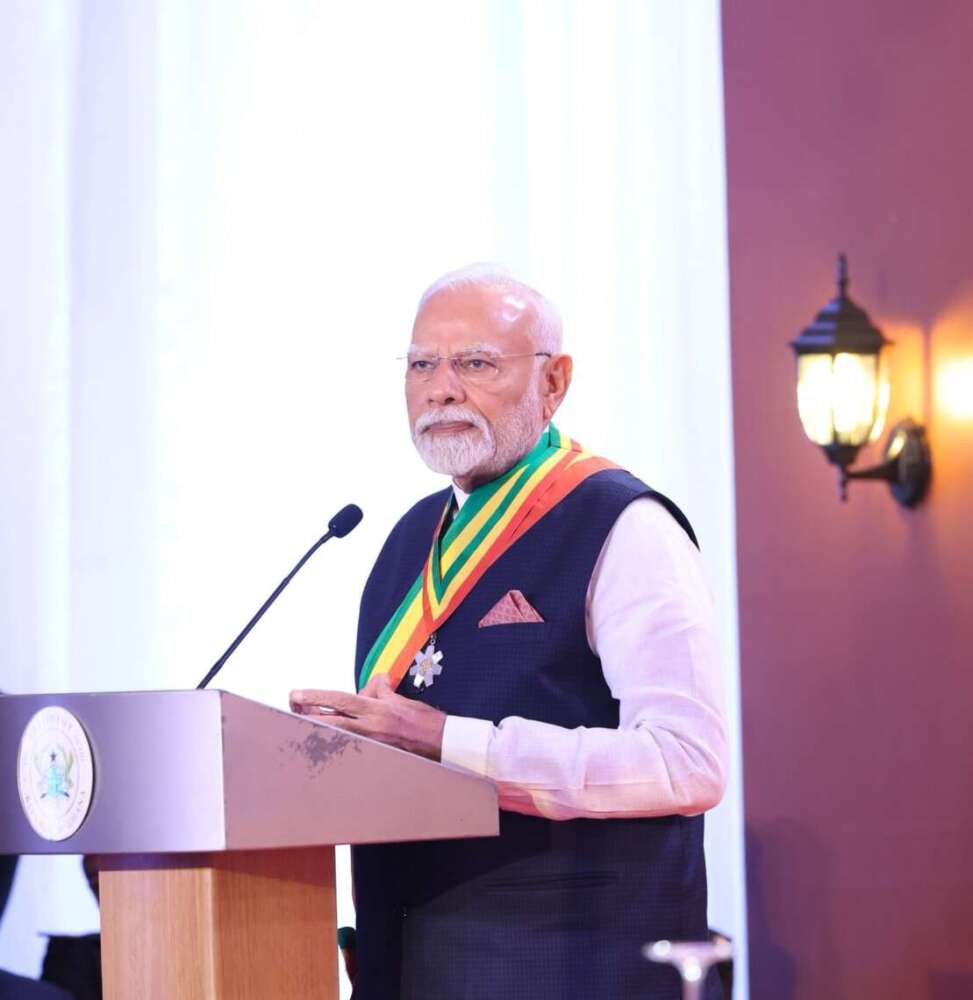Japan, the US, and Australia have meanwhile expressed serious concern about Beijing’s unilateral attempts to change the status quo by force in the East and South China Seas….writes Ateet Sharma
Conscious of the threats manifesting along India’s borders, New Delhi has intensified cooperation under the QUAD framework, in an increasingly inter-connected Indo-Pacific region.
A series of joint military exercises with Australia, the United States and Japan over the last few months have validated India’s strong resolve and commitment towards a free, open, prosperous, and inclusive Indo-Pacific region based on shared values and principles and respect for international law.
The renewed efforts come at a time when India has been concerned about the security situation along the borders with China, especially in eastern Ladakh.
Japan, the US, and Australia have meanwhile expressed serious concern about Beijing’s unilateral attempts to change the status quo by force in the East and South China Seas.
On Monday, a two-week bilateral training exercise ‘Austra Hind 22’ – the latest addition to build “positive military relations” between the two Quad partners – kicked off in Rajasthan.
The Indian Army is being represented by troops from the Dogra regiment while the 13th Brigade of the Australian Army’s 2nd Division is participating in the inaugural edition which will be a yearly event now.
“This joint exercise will enable the two armies to share best practices in tactics, techniques and procedures for conducting tactical operations at company and platoon level for neutralising hostile threats,” said the Ministry of Defence on Sunday.
At the same time, a US Army contingent from the 2nd Brigade of the 11th Airborne Division and Indian Army soldiers from the 9th Assam Regiment are currently engaged in combative drills during the ongoing ‘Yudh Abhyas 22’ exercise in Uttarakhand.
The 18th edition of the bilateral exercise, the previous edition of which was conducted at Alaska’s Joint Base Elmendorf Richardson in October 2021, provides an opportunity for both armies to exchange best practices while strengthening the security of the Indo-Pacific region.
The 12-day field training exercise focuses on exchanges and practices on a wide spectrum of combat skills including combat engineering, employment of Unmanned Aircraft Systems (UAS)/counter UAS techniques, and information operations.
Earlier, the 26th edition of the multinational maritime exercise Malabar 2022 culminated in the seas off Japan on November 15.
Hosted by the Japan Maritime Self Defence Force (JMSDF), the high-tempo multilateral exercise saw the participation of 11 surface ships including a nuclear-powered aircraft carrier with its integral air elements, from participating Indian Navy (IN), the Royal Australian Navy (RAN), US Navy (USN) and the Royal Australian Air force (RAAF).
Strengthening cooperation to realize a ‘free and open Indo-Pacific’, the exercise helped enhance understanding of each other’s operational methodologies and ability to tackle myriad maritime challenges.
Just before it began, Chief of the Naval Staff Admiral R Hari Kumar held “meaningful bilateral meetings” with several heads of delegations from friendly foreign countries, who were present for the International Fleet Review (IFR) and Western Pacific Naval Symposium (WPNS).
“The visit of the CNS to Japan exhibited India’s consistent support to multilateral maritime security constructs in the Indo-Pacific and further consolidated the high level of bilateral defence engagements with Japan,” Indian Navy said after the conclusion of Navy chief’s visit.
Besides promoting understanding and interoperability between their militaries, the exercises have further helped in strengthening ties between the Quad member countries.














